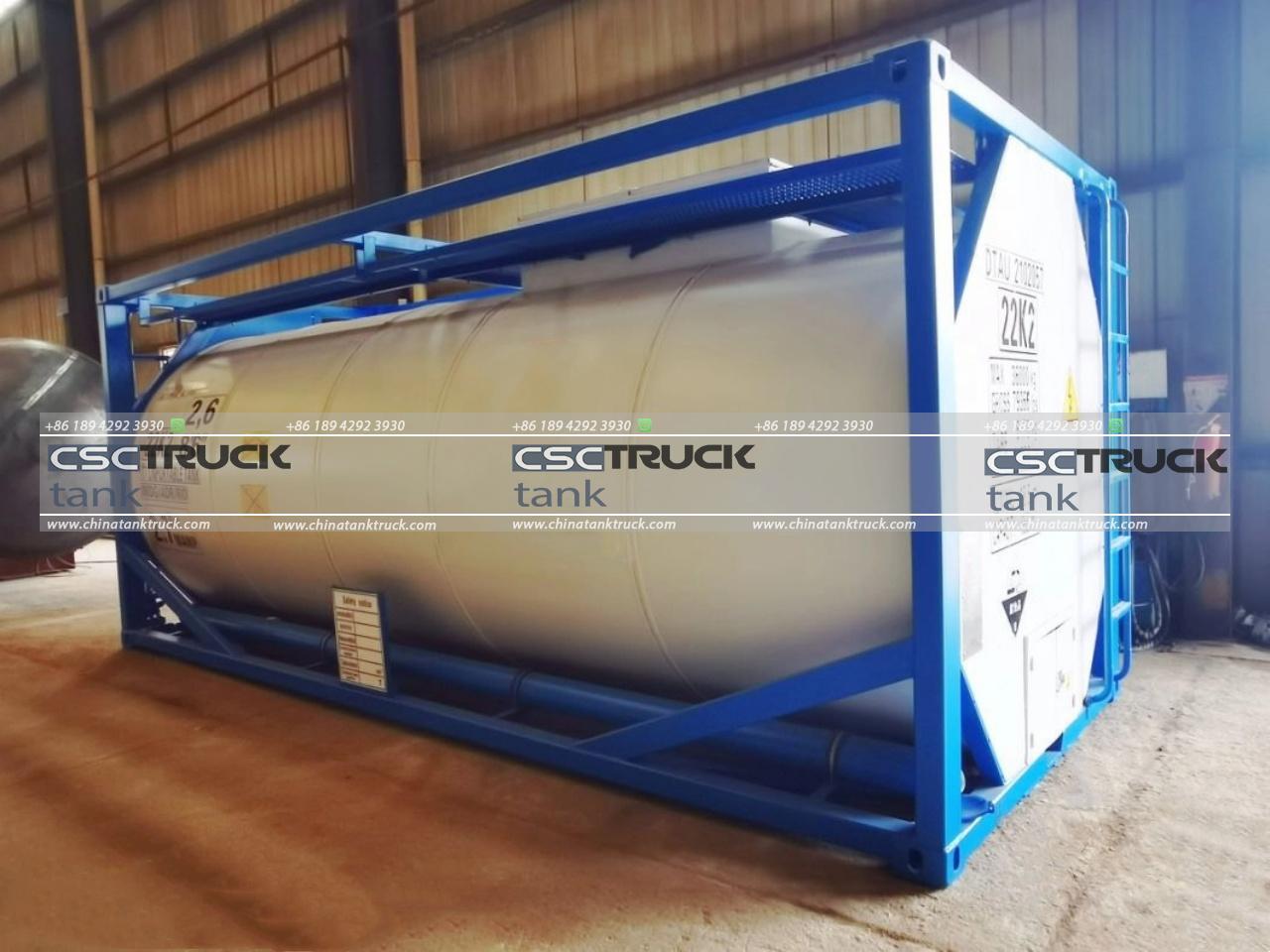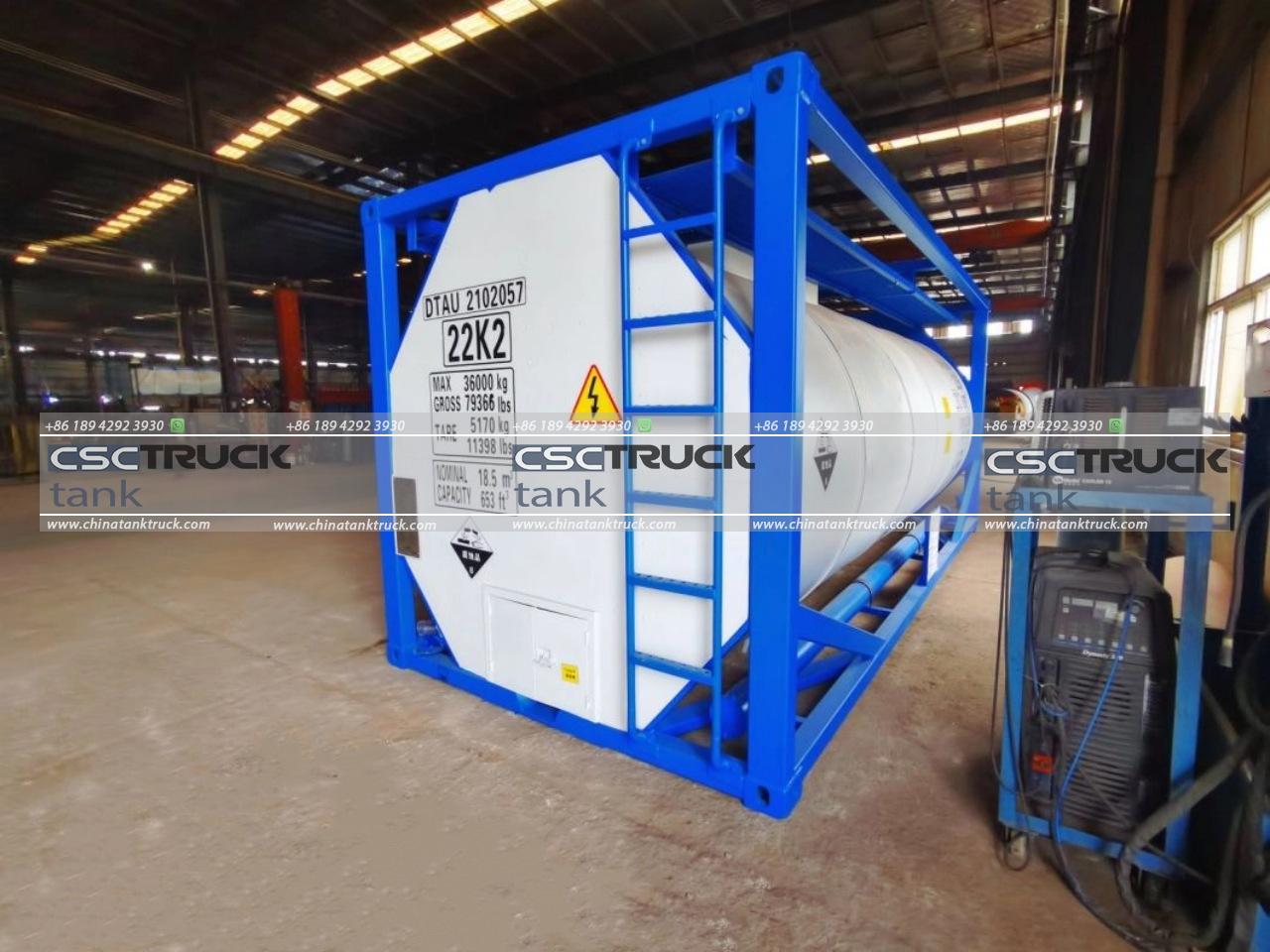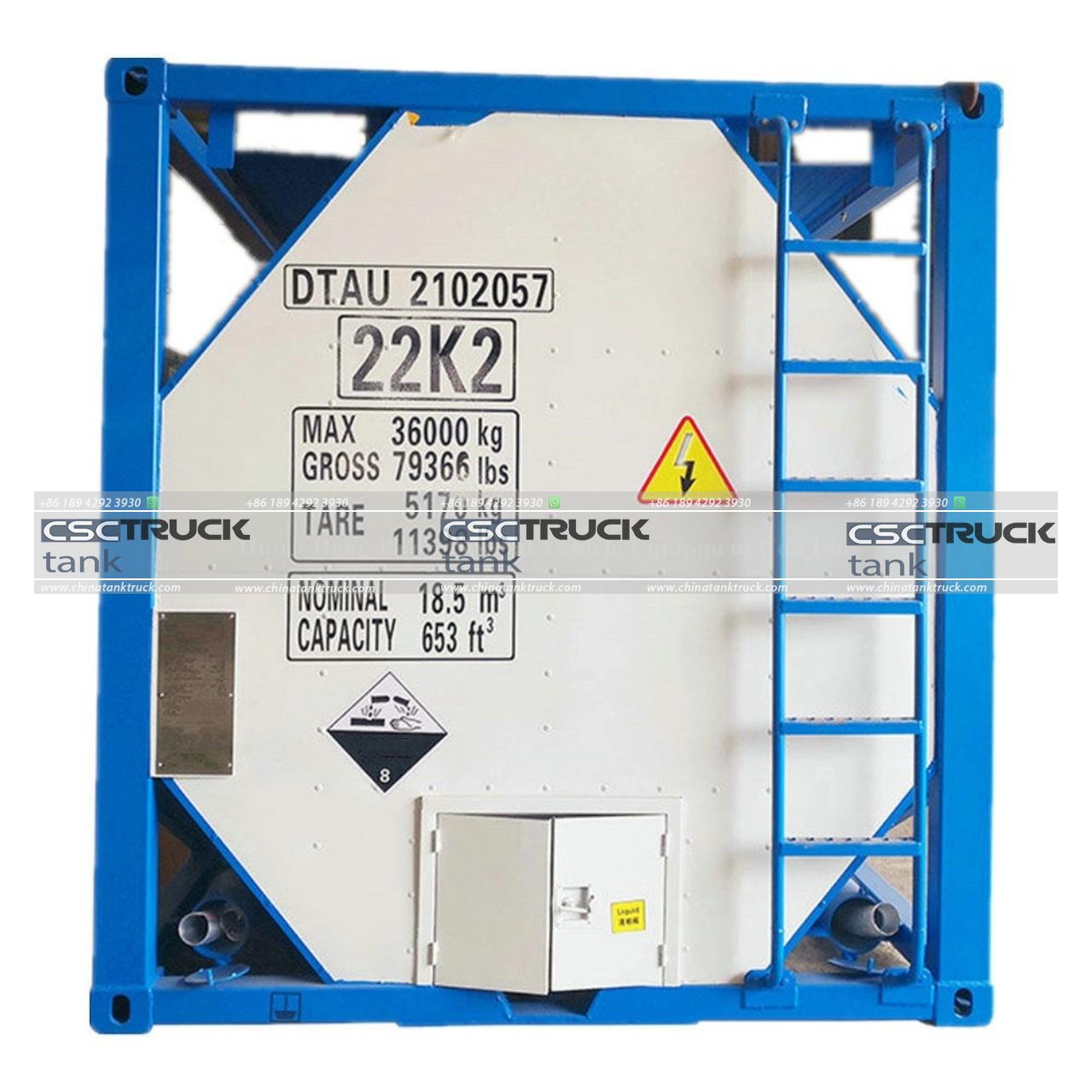What is the Maximum Payload of an ISO Tank?
ISO tanks, also known as ISO tank containers, are a common mode of transporting liquids, gases, and chemicals across vast distances, typically by road, rail, or sea. As industries increasingly rely on global logistics, ISO tanks provide a versatile, safe, and efficient way to transport these materials in bulk. However, one of the primary considerations for businesses and logistics companies using ISO tanks is the maximum payload that these containers can carry. This article delves into the intricacies of ISO tank payload capacities, the factors affecting these limits, and how to maximize efficiency while adhering to safety regulations.
What is an ISO Tank?
An ISO tank is a cylindrical container built under the International Organization for Standardization (ISO) specifications, ensuring it can be safely transported using various transportation modes. These tanks are designed to transport liquids (including hazardous chemicals), gases, and powders, maintaining their contents under strict temperature and pressure conditions. They are typically constructed from stainless steel, with an outer protective layer that includes insulation or sometimes additional protective materials.
The tank itself is housed within a steel frame that measures 20 feet in length, fitting into the standard size of intermodal containers. This allows for easy handling and stacking during shipping, which makes them particularly appealing for international logistics. Despite their standardized size, the payload an ISO tank can carry varies depending on several factors.

Understanding ISO Tank Payload
The term payload refers to the weight of the actual material or substance being transported in the tank. When we speak of the maximum payload of an ISO tank, we are discussing the highest weight of the material that the tank can safely transport without exceeding legal, technical, or safety limits.
While ISO tanks come in various types and configurations, the most common ISO tanks used for transporting liquids are those with a capacity of 20,000 to 26,000 liters (approximately 5,280 to 6,880 gallons). The exact payload capacity, however, depends on the tank’s tare weight (the weight of the empty tank) and the maximum gross weight allowed, which is often regulated by transport authorities.
Maximum Payload: Basic Formula
The maximum payload of an ISO tank can be calculated using a simple formula:
Maximum Payload = Maximum Gross Weight – Tare Weight
– Maximum Gross Weight: This refers to the combined weight of the tank and its contents, as per international regulations. For most 20-foot ISO tanks, the maximum gross weight is 36,000 kilograms (or 79,370 pounds). However, this figure may vary slightly depending on the manufacturer, type of tank, and local or international regulatory limits.
– Tare Weight: This is the weight of the empty tank itself, including all its structural components but without any cargo. Tare weights for ISO tanks can vary but typically range from 3,500 to 4,000 kilograms (7,700 to 8,800 pounds) for standard tanks.
To illustrate, if a tank has a tare weight of 4,000 kilograms and a maximum gross weight of 36,000 kilograms, the maximum payload would be:
Maximum Payload = 36,000 kg – 4,000 kg = 32,000 kg
Thus, the tank can carry a maximum of 32,000 kilograms of liquid, gas, or other material.

Factors Influencing Maximum Payload
Several factors can influence the maximum payload of an ISO tank. These include:
1. Tank Type and Construction
ISO tanks come in various types, including:
– Standard ISO tanks: These are designed for the transportation of non-hazardous liquids.
– T11 and T14 tanks: These are used for transporting hazardous and corrosive liquids, with additional safety measures such as enhanced pressure ratings and thicker walls.
– Reefer ISO tanks: These come with cooling systems for transporting temperature-sensitive materials like food or pharmaceuticals.
The construction materials and additional safety features (e.g., thicker steel walls, pressurization systems, insulation) affect the tare weight, thereby impacting the payload. For example, a heavily insulated tank designed for cryogenic gases will have a higher tare weight than a standard liquid tank, reducing the available payload.
2. Contents Being Transported
The density of the material being transported plays a crucial role in determining how much a tank can carry. For example, if you’re transporting a liquid with a high density, like sulfuric acid, the tank will reach its maximum payload faster in terms of weight compared to a less dense liquid, such as water or ethanol.
The maximum payload for gases is typically much lower than for liquids due to the need for pressurization and additional safety systems that increase the tare weight of the tank. Furthermore, some hazardous materials require specific tank designs that may further reduce payload capacity.
3. Regulatory and Safety Considerations
Both national and international transportation regulations impose restrictions on the weight and type of cargo that can be carried in ISO tanks. In some regions, road and rail transport limits may impose stricter gross weight caps than those for sea transport. For example, while the maximum gross weight for sea transport maybe 36,000 kilograms, some roadways may impose a limit of 30,000 kilograms for safety reasons, limiting the payload accordingly.
Additionally, safety regulations concerning hazardous materials, particularly those falling under ADR (European Agreement Concerning the International Carriage of Dangerous Goods by Road) or the International Maritime Dangerous Goods (IMDG) code, may further restrict payloads based on safety concerns.
4. Tank Condition and Age
Over time, ISO tanks may undergo wear and tear, particularly if they have been used for transporting corrosive materials or gases. Inspections and certifications are regularly required, and tanks that do not meet certain standards may need to be derated, meaning their maximum gross weight and payload are reduced for safety reasons.
Optimizing Payload Efficiency
For logistics companies and shippers, maximizing payload is essential to improving cost efficiency. Here are some strategies to achieve this:
1. Choose the Right Tank for the Job
Selecting the appropriate tank for the material being transported is critical. For non-hazardous liquids, using a standard ISO tank with a lower tare weight will maximize the available payload. In contrast, for hazardous materials, a more robust tank with safety features may be necessary, but payloads will be lower due to the higher tare weight.
2. Regular Maintenance and Certification
Keeping ISO tanks in good condition through regular maintenance and inspections ensures that they remain certified for maximum payloads. Ensuring the tank’s structural integrity helps prevent premature derating, which can reduce payload capacity over time.
3. Monitoring Regulatory Limits
It’s essential to stay updated on the latest regulations governing payload limits, particularly when transporting hazardous materials across international borders. By ensuring compliance with these regulations, companies can avoid fines or penalties that might arise from overloading tanks.

Conclusion
The maximum payload of an ISO tank is primarily dictated by its gross weight capacity, tare weight, and the nature of the cargo being transported. On average, most 20-foot ISO tanks can carry a maximum payload of around 30,000 to 32,000 kilograms. However, numerous factors, such as the type of tank, the density of the material, and transportation regulations, can influence this capacity. For businesses involved in logistics, understanding these variables is critical to optimizing transportation efficiency while ensuring safety and regulatory compliance.

